Serenity
Enlarged Prostate Therapy
Aquablation
StanTop Urology & Andrology Clinic in Gangnam, Seoul offers several choices for enlarged prostate therapy. Aquablation therapy is an innovative, minimally invasive treatment for benign prostatic hyperplasia (BPH), or enlarged prostate. This advanced robotic procedure uses the power of water to remove excess prostate tissue, providing an effective alternative to traditional surgical methods.
The procedure combines real-time, multi-dimensional imaging with robotics and a heat-free waterjet to precisely and efficiently remove prostate tissue, which allows for personalized treatment planning based on each patient’s unique anatomy. The procedure is performed by a urologist who controls the robot, ensuring expert decision-making throughout the surgery.
One of the key advantages of Aquablation is its ability to treat prostates of various sizes and shapes, including those that are too large for other minimally invasive treatments. The procedure typically takes less than an hour to complete, with most patients experiencing minimal blood loss and a shorter hospital stay compared to traditional prostate surgeries.
Aquablation offers several benefits over conventional BPH treatments. It provides significant and lasting symptom relief while reducing the risk of side effects such as erectile dysfunction and ejaculatory issues. The precision of the robotic system helps preserve important structures surrounding the prostate, potentially leading to better outcomes.
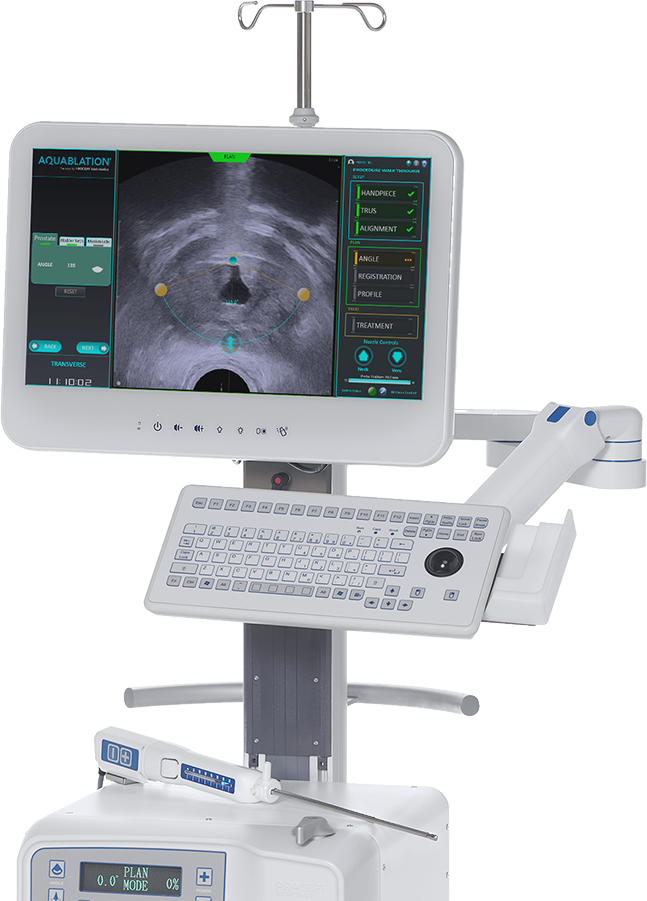
Advantages of Aquablation
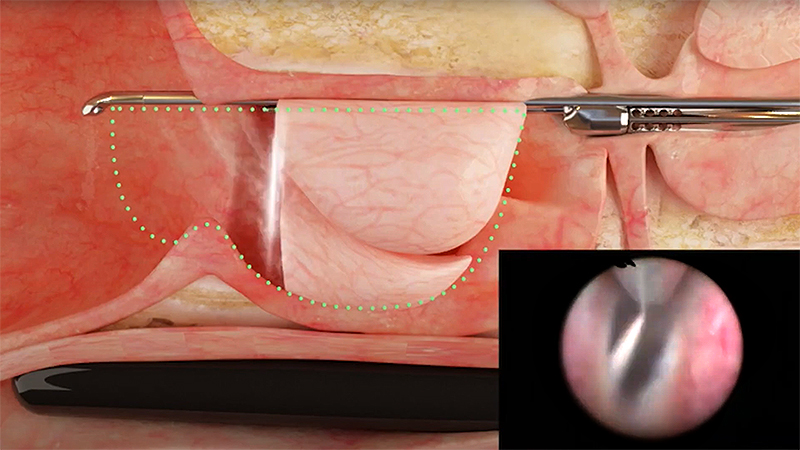
Low complication rate: Since it avoids resection of the part of the prostate that causes complications, the risk of side effects, such as urinary incontinence, retrograde ejaculation and erectile dysfunction, is significantly reduced.
Reduced risk of strictures: Since heat is not used, the risk of urethral and bladder neck strictures is significantly reduced.
Minimal post-operative side effects : Due to short procedure and recovery times, patients can often return home the same day as their surgery.
Minimally invasive procedure: Urolift
When is UroLift necessary?
UroLift treatment is suitable for cases where prostate enlargement causes urinary tract obstruction, leading to uncomfortable lower urinary tract symptoms (LUTS). It is a non-surgical approach that involves fixing the enlarged prostate tissue to relieve the narrowing of the urethra.
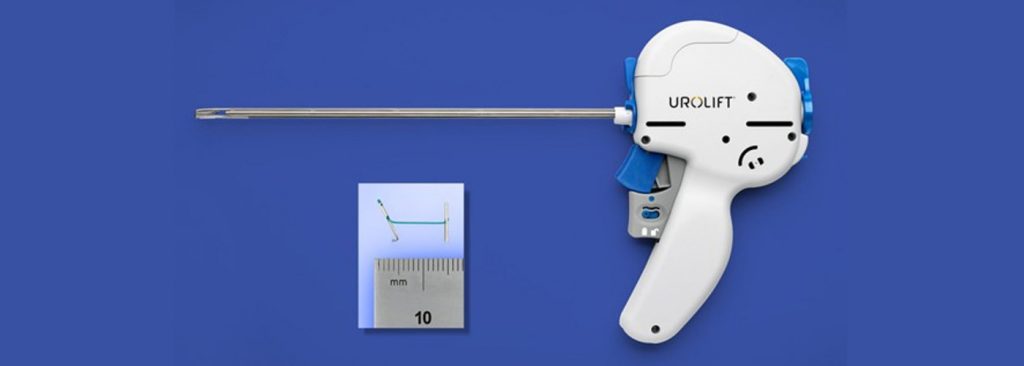
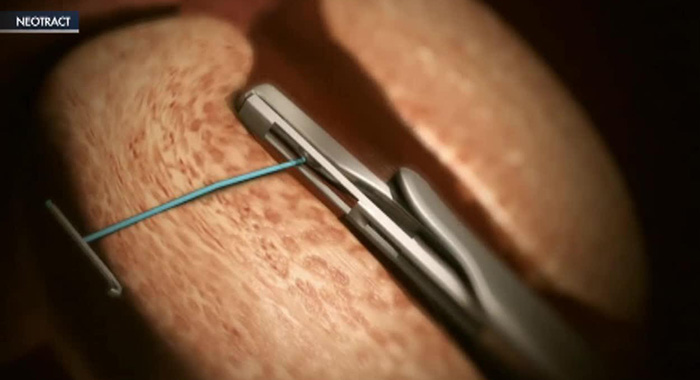
How does UroLift work?
UroLift uses small implants to hold enlarged prostate tissue away from the urethra, relieving the narrowing that causes urinary symptoms.
Surgical procedure UroLift
We aim to secure the urethral space with a minimum number of staples once prostate enlargement is confirmed. This minimizes the use of staples and maximizes the space within the prostate.
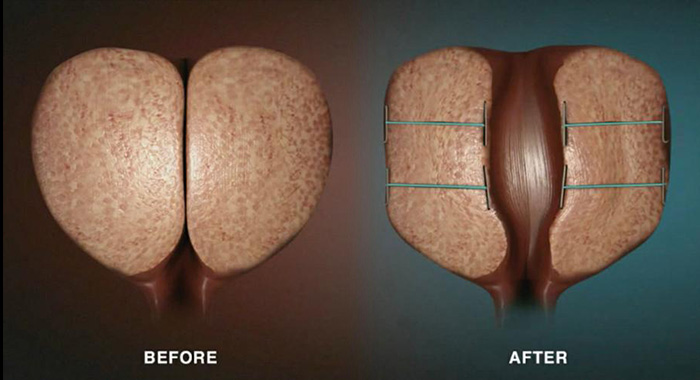
Advantages of UroLift
UroLift is a highly effective procedure that can be performed in a short period of time, approximately 10-20 minutes under local anesthesia. It is simple and safe, which reduces the risks associated with long surgeries.
The procedure takes only 10 minutes and is relatively gentle on the body. With minimal incisions, recovery is quick, allowing patients to resume daily activities, including showering and driving, the day after surgery.
Holmium laser enucleation of the prostate (HoLEP)
The laser used in Holmium Laser Enucleation of the Prostate (HoLEP) surgery is an advanced device that has both cutting and coagulation capabilities, which sets it apart from other laser devices. Operating at a wavelength of 2100 mm, it allows for efficient cutting with minimal thermal damage, offering a distinct advantage in achieving hemostasis during surgery, resulting in reduced bleeding.
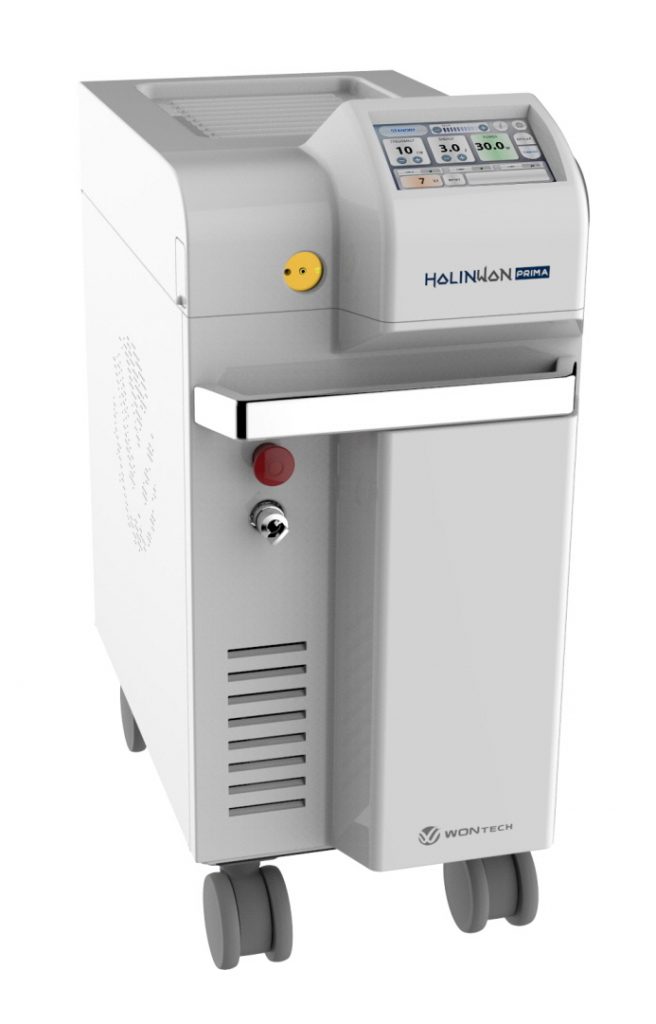
This universal laser can be used not only in prostate surgery, but also in incisions of the ureter, urethra and bladder neck, as well as in fragmentation of urinary stones.
The use of a high-performance holmium laser ensures precise ablation of the target surface without damaging deeper tissues. Surgeons must demonstrate skilled surgical technique, delicately excising tissue along the border between the hypertrophic tissue and the capsule to prevent the laser from affecting normal tissue. Only experienced specialists will be able to perform this procedure quickly and accurately.
Peripheral blood vessels associated with hypertrophic tissue must be dissected for hemostasis, and bleeding during the dissection process requires careful monitoring to ensure a positive prognosis after surgery.
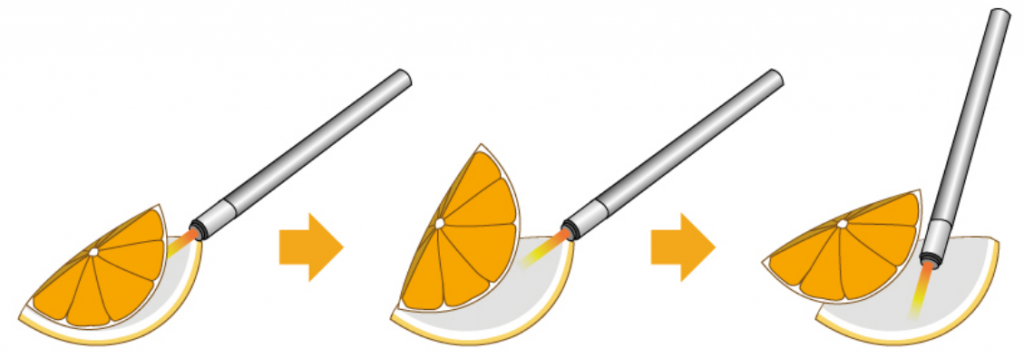

Indications
- If symptoms do not disappear with medication.
- When the prostate gland becomes significantly enlarged.
- If recurrent urethral infections are observed.
- When accompanied by the presence of stones in the bladder.
- In cases of inability to urinate.
- When kidney function is impaired due to obstruction of the bladder outlet.
Transurethral resection of the prostate (TURP)
An enlarged prostate, known as benign prostatic hyperplasia (BPH), refers to the growth and enlargement of prostate tissue. The prostate is a walnut-sized gland located under the bladder in adult men, but can grow to the size of an orange. As the prostate enlarges, it can put pressure on the urethra, the tube through which urine passes. This can lead to a weakened urine flow, frequent trips to the toilet, and symptoms such as straining to urinate. In more severe cases, urinary retention can occur, where urine cannot be emptied. If left untreated, it can lead to a decline in kidney function.

TURP is the standard treatment for benign prostatic hyperplasia and is performed using endoscopy, which involves the use of an electrical current to resect prostate tissue. A resectoscope is inserted through the urethra and an electrical loop is used with the infusion of irrigation fluid to resect and cauterize the prostate tissue. The removed tissue is then brought out.
When medications are ineffective or have minimal effect, TURP is a highly effective, low-risk alternative to open surgery. It involves removing enlarged prostate tissue to widen the opening to the urethra.
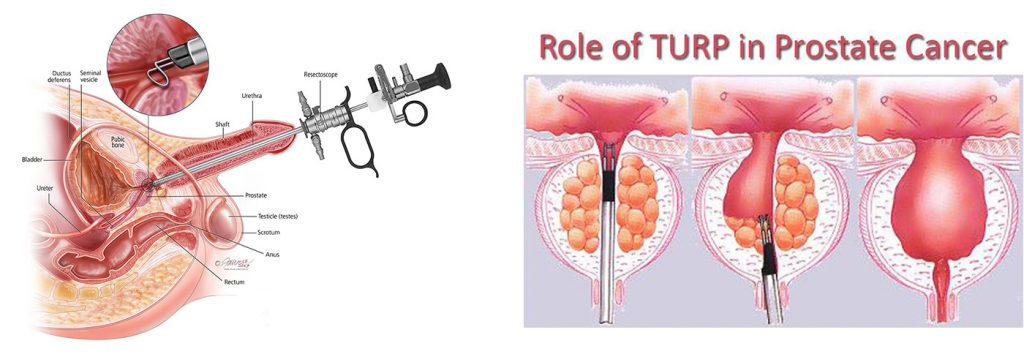
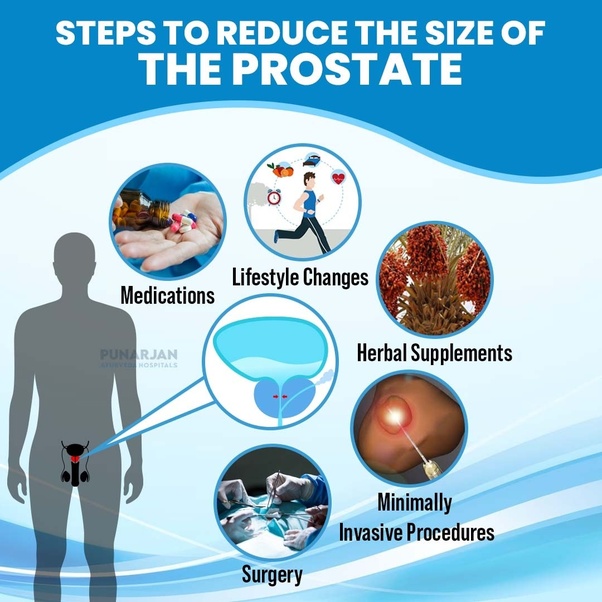
Indications
- Individuals who are uncomfortable taking prostate medications daily.
- For those who are not satisfied with previous treatment for benign prostatic hyperplasia.
- People who have concerns or doubts about anesthesia.
- Those who are afraid of potential side effects after prostate surgery.
